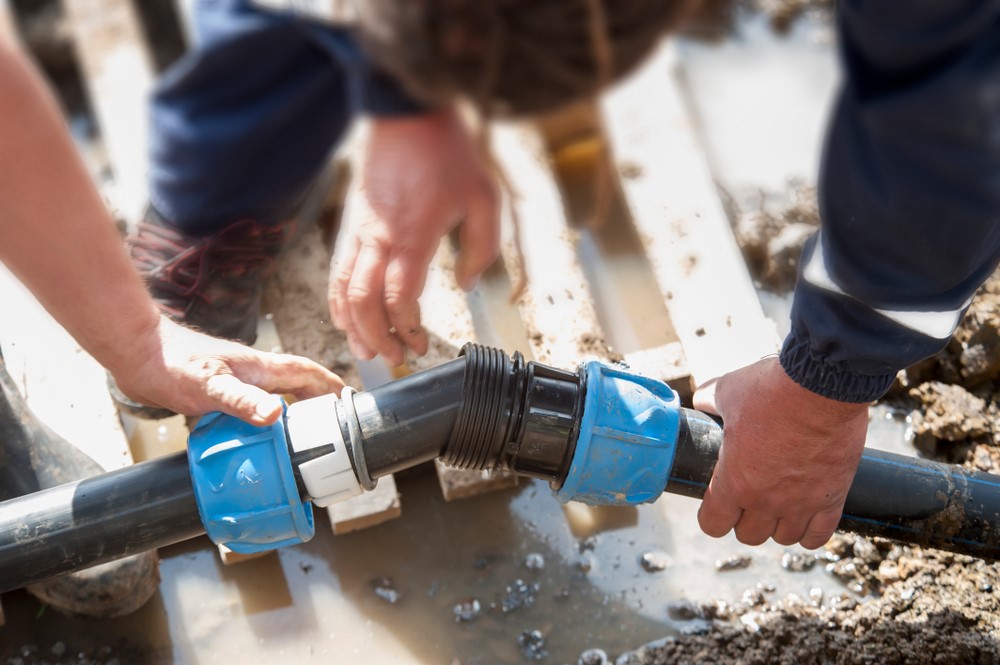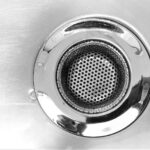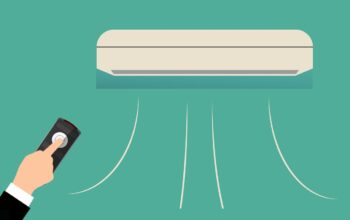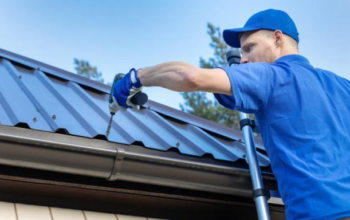Sewerage problems are one of the worst experiences a homeowner can face. While you go about your day-to-day life, your sewer line is working tirelessly to remove your household waste.
It’s also responsible for keeping your home clean and sanitary. When your sewer line is working properly, you won’t have to worry about issues such as sewage backflow, clogging, and damage – all of which are costly problems.
But when your sewer line is not working properly, it’s important to recognize the signs straight away so you can have it fixed before the problem gets much worse.
Bear in mind that not all plumbing problems can be fixed with DIY solutions – most complex sewer repairs require professional rescue. But there may be a few things you can do to fix it without calling out an expensive plumber.
Here are the tell-tale signs you can look out for that may signal a problem with your sewer line.
1. A Slow Drain
A slow drain is a common problem. However, it can be resolved easily most of the time by cleaning or unclogging the drain yourself.
Experts warn not to use unnatural, chemical drain cleaners to clear slow drains as it has the potential to eat away at the PVC and cast iron. Since drain pipes are all connected, pouring toxic chemicals through the drainage system can have serious consequences.
Instead, try to do it naturally with hot water and a plunger. When all your attempts at cleaning the pipe have failed, it’s safe to assume that something else is causing the slow drainage. It may potentially be a tree root intrusion, a crack or an expansion of land.
2. A Bad Odor
If there’s a bad smell coming from your sink, bathroom, or around the house, sewer line damage may be the culprit. Generally, drain pipes need to be airtight to allow the water to flow freely.
A leak in the sewer pipe can spread a bad odor everywhere; not to mention the potential for a massive water leak. You should check all the pipes in your house to identify the problem.
3. A Rodent and Insect Infestation
Rodents generally live in the sewers and they can travel the entire city through the pipes. Keep your ears open for any signs of squeaking and movement behind the walls of your house. You may want to call pest control if you’re worried about a rat infestation.
Report the issue as soon as possible. Rodents carry fatal diseases, in particular, Hemorrhagic fever and the plague. It’s possible to get infected by these diseases from a bite or through their urine or droppings.
What’s more, smaller intruders such as cockroaches, sewer flies, and palmetto bugs are also responsible for blocked drains. To get rid of them, you’ll need the help of a professional pest control company.
Allergens found in cockroach saliva, stool, and body parts can trigger allergic, and asthmatic reactions, especially in children. Therefore, take care of these pests as soon as possible.
4. A Thriving Patch of Grass in the Yard
On the bright side, a sewage leak may prove beneficial for the plants, shrubs, and trees in your backyard. Any leak in the pipes is evident when just a few patches of grass in your backyard seem to be much greener than any others in the area.
Despite your garden enjoying the benefit of a leak, you’ll need to take steps to address the issue.
5. Trees and Shrubs in the Yard
It’s possible for plant waste to build up inside your sewer pipes in the backyard. Trees and shrubs near the sewer lines may have grown through the pipes and broken them.
Therefore, it’s advisable to plant anything at least 25 meters away from any sewer pipes. If you have large trees in your backyard, you should inspect your sewer lines for any possible root damage.
6. Mold on the Wall
Mold needs a humidity level of 55% or higher to grow. Therefore, if you notice mold growing in any part of your house, there’s a chance a pipe is leaking nearby.
Generally, mold growth is accompanied by sewer odor when there is a drain pipe puncture, so take action accordingly.
7. Foundation Cracks
Old houses may have cracks in the foundation. When the main sewer line under the foundation slab breaks, cracks will start to form over time and could even form sinkholes.
In this scenario, you’ll not only have to fix the sewer line, but you may also have to repair the foundation with the help of a specialist.
8. A Sewer Backup
A clog in your sewer line is caused by sewer backup problems. Due to a blockage in the pipe, wastewater can’t flow out to the metropolitan sewer line.
You should address the issue immediately, even if only one fixture in your house is having an issue. Your house’s plumbing system consists of multiple offshoots so you’ll need to inspect each one of them.
Frequent backups may be due to a misaligned connection or crack in the pipe, or a tree root problem.
The Bottom Line
Overall, the above issues are the tell-tale signs that something is wrong with your sewer line and that you need to take action. The cost of repairing a sewer line varies, but it’s never cheap.
Be aware that the process will take time and cause an inconvenience. You may have to turn off your water while the sewer specialists identify and fix the issue. Sometimes even bigger problems are discovered and the fix can take even longer. But the alternative – waiting – can wreak even more havoc.
Call the professionals immediately if you’ve noticed any of the signs we’ve mentioned above. The problem is likely to get worse the longer you leave it.
We hope this article was useful and we’ve been able to answer the basic questions about a damaged sewer line. Good luck!
Related Posts

Loves home. I am here to provide how to make your home a much better place. 🙂 Blogging about HomeDecor, Home Improvements and more.











